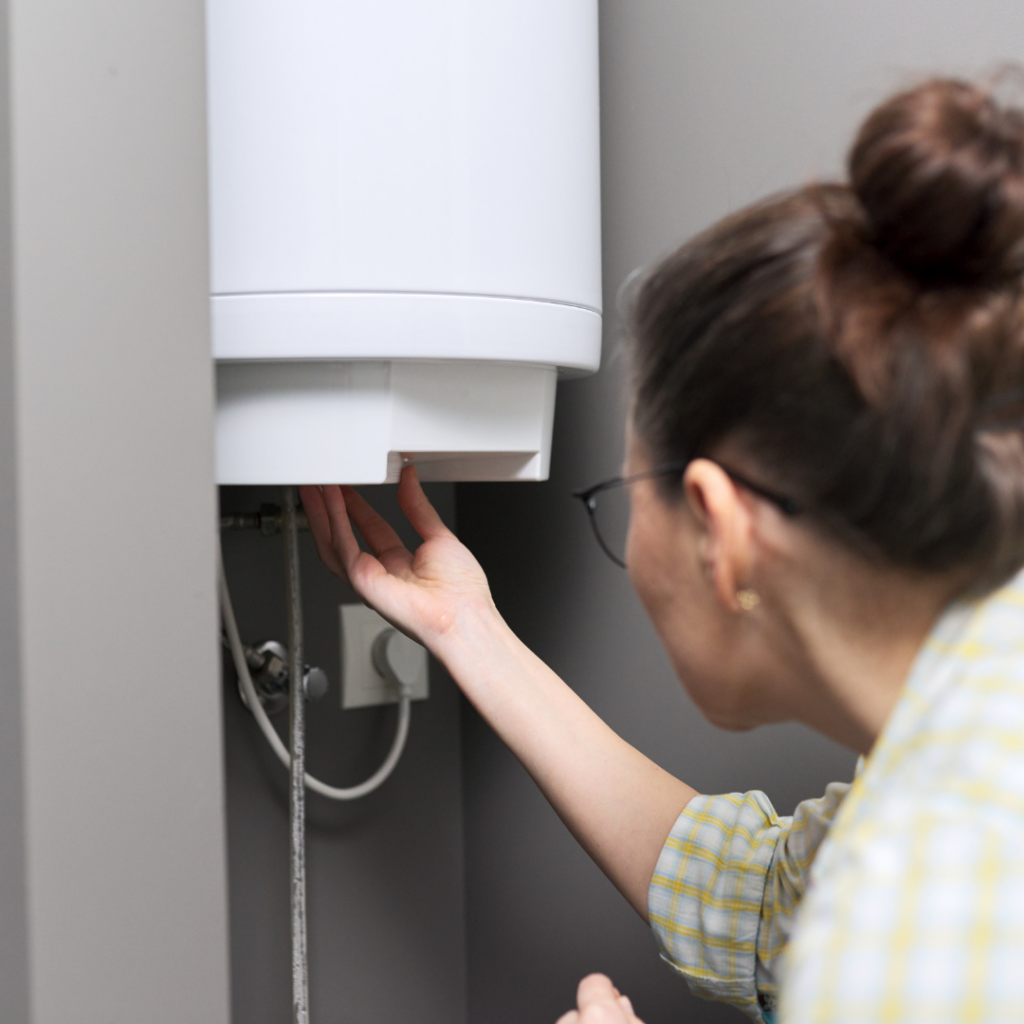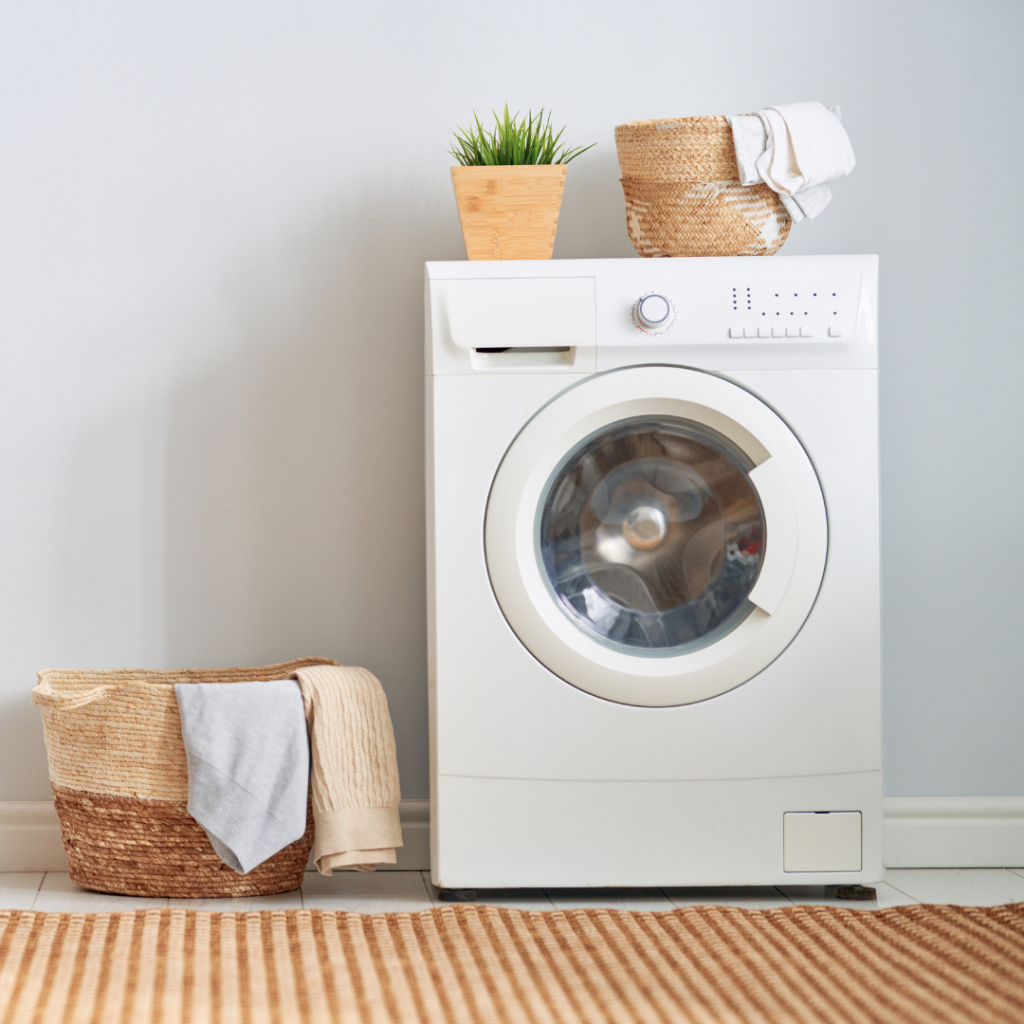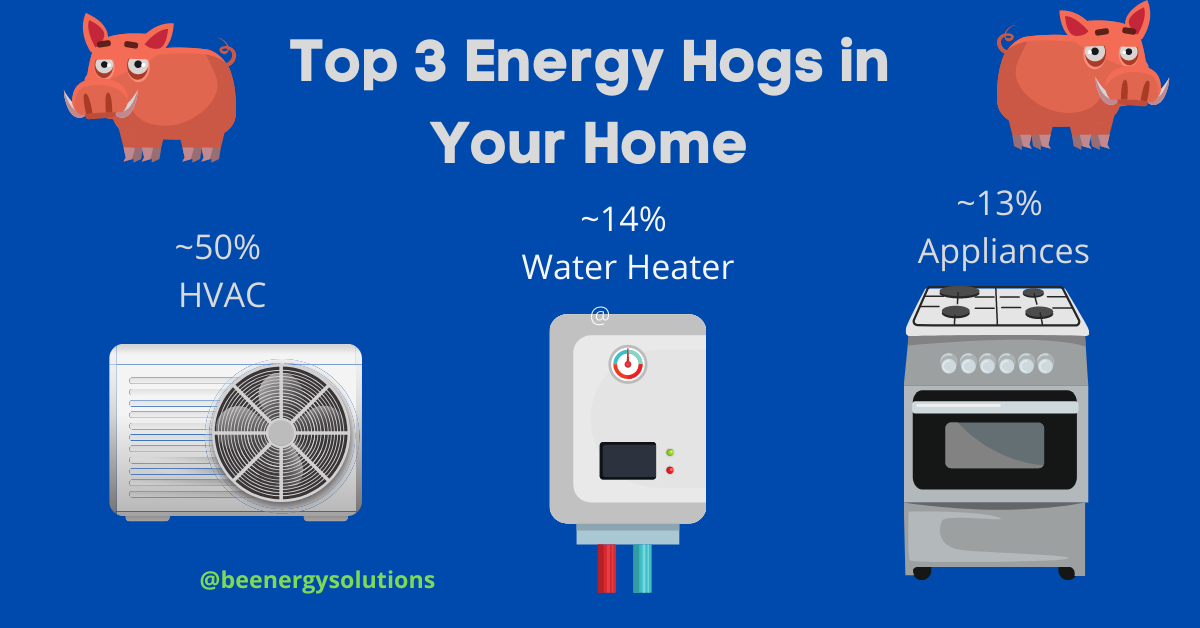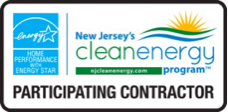Do you ever wonder what is eating away at your utility bill each month? You do your due diligence in shutting off lights that aren’t in use, unplugging electronics, and keeping your showers short. Nonetheless, it’s a shock when it’s time to pay your bill! This high cost is due to particular energy hogs in your home.
By understanding how to calculate how much total energy a system utilizes, you can see where your money goes. You can comprehend this by figuring kWh (kilowatt-hours).
Typically, each device has a label with its specific wattage. You multiply the wattage by the estimated amount of hours used each month. This result is your “Watt-hours.”
Then you take your Watt-hours and multiply it by .0001. This calculation will give you the kWh per device compared to the total kWh presented on your electric bill!
Here are the equations for you to plug in your own numbers:
Wattage x Hours used Monthly = Watt-Hours
Watt-Hours x .0001 = kWh
These calculations tell us which systems eat away at our utility bills the most. Learn to see what the top 3 energy hogs are in your home, and discover how to manage them to control your utility bills!
Energy Hog #1 Heating and Cooling (~50%)
Your HVAC takes up just under 50% of your entire utility bill. This hog may make you think twice about casually blasting your A/C this summer! Here is how you can rely less on your HVAC throughout the seasons.
Insulation and Air Sealing: When your home is insulated and sealed, you can keep an ideal temperature year-round without blasting your heating/cooling system. Insulation provides a barrier to the outside air, preventing it from seeping into the interior.
Ensure any cracks or gaps in your walls, windows, or other parts of your exterior are sealed. Though these leaks may seem small, they let in outside air, changing your indoor temperature drastically.
Have a residential energy professional come to inspect your home’s insulation and exterior with an energy audit to see if there are any areas for improvement to ensure your home can keep a comfortable temperature.
Being Mindful While Traveling: Have you ever wondered why your A/C bill is high while you’re not home? Over the summer, keep your A/C at a higher temperature (around 85 degrees) while you’re on vacation. Setting your thermostat to the correct temperature is a lower-cost way to save on energy without sacrificing comfort.
Use your Air Conditioner Economically: You can implement several simple habits to ensure you get the most of your HVAC and guarantee it runs smoothly throughout the seasons. Scheduling annual maintenance check-ups, regularly changing your filters, and placing your thermostat in the correct location will keep your devices and your wallet happy!
Replace your unit depending on its SEER rating: Has your HVAC system been around since the ’90s? It still may be pumping air into your home, but not efficiently!
Check the SEER rating (Seasonal Energy Efficiency Rating) on your unit. In the past, the DOE required that the SEER rating was only at a 6. Today, most systems average around 15-18! When you replace older models, you can expect to save 20-40% on your utility bills– what an investment!
Energy Hog #2 Water Heater (~14%)
While significantly lower than your HVAC’s energy usage, your water heater is the second greatest energy hog in your home. From providing hot showers to helping you with laundry, your water heater does a lot for your household! This high usage is why these heaters take up an average of 405 kWh per month. Here are some smart ways to save on your water heater bill.
Consider switching to a heat pump water heater: Heat pump heaters can be up to three times more efficient than traditional electric heaters. The EPA estimates that an average family of four can save up to $350 each year by changing these devices.
Set your heater’s temperature no higher than 120 degrees F: The CPSC (Consumer Product Safety Commission) recommends that you shouldn’t put your water heater any higher than 120 degrees. This temperature is high enough to prevent bacteria from forming inside your heater while also limiting scalding. When you avoid an excessively high temperature, you also avoid running up your bills.
Turning your water heater down or off while away: Does turning off your water heater at night save money? Most likely not. This timeframe is short enough where it probably won’t make much of a difference in your costs.
However, if you plan to travel this summer, turn down your water heater while you are away. Newer models have a vacation mode that you can set it to (VAC). If not, set it to 50 degrees F.

Energy Hog #3. Appliances (~13%)
Appliances’ energy usage follows right behind water heaters, averaging around 13% on your utility bill. This utilization accounts for larger devices such as laundry machines, dishwashers, refrigerators, ovens, and stoves. These products make our lives easier, but we must learn to use them efficiently if we don’t want to pay extra for utilities. Here are some ways we can use our appliances economically:

How to Save Money on Laundry Day: An average washer and dryer uses 91 kWh/month if you do one load per day. You can significantly reduce that number when you’re frugal with your laundry habits.
It’s advised to only wash clothes when they are dirty. Rewearing clothes more than once can save your clothes’ quality and reduce your energy use. We also recommend that you let your load become full before running your machine, wash them on a colder setting, and line-dry when possible!
Have Proper Kitchen Etiquette: Take proper care of your refrigerator, dishwasher, oven, and stove. Keep these appliances dust-free so that air can flow. Organize your fridge optimally so that the cold air can reach all of your food items.
In the summer, use your stove, oven, and dishwasher in the evening when it’s cooler. Using these devices at night helps reduce indoor heat. All in all, only use these appliances when necessary to keep your kitchen efficient.
Upgrade your Appliances: If it’s time to upgrade your appliances, look for energy-efficient labels. The EPA runs the ENERGY STAR program, where certified products can save up to 50% on energy.
Along with certified devices, ENERGY STAR offers a Home Performance program. Here, you can upgrade your entire home to become certified. Check with your local government to see if they offer any rebates or financial incentives to upgrade!
Enhancing your home and tweaking habits can reduce your dependence on these energy hogs. Learn how you can further your home’s efficiency with an at-home energy audit. Here, an expert technician will evaluate your home so you know precisely how you can save money and gain comfort.
If you are in the Southern Jersey area, reach out to B&E Energy Solutions for assistance! Is there a part of your utility bill that brings you confusion? Let us know on Instagram!





